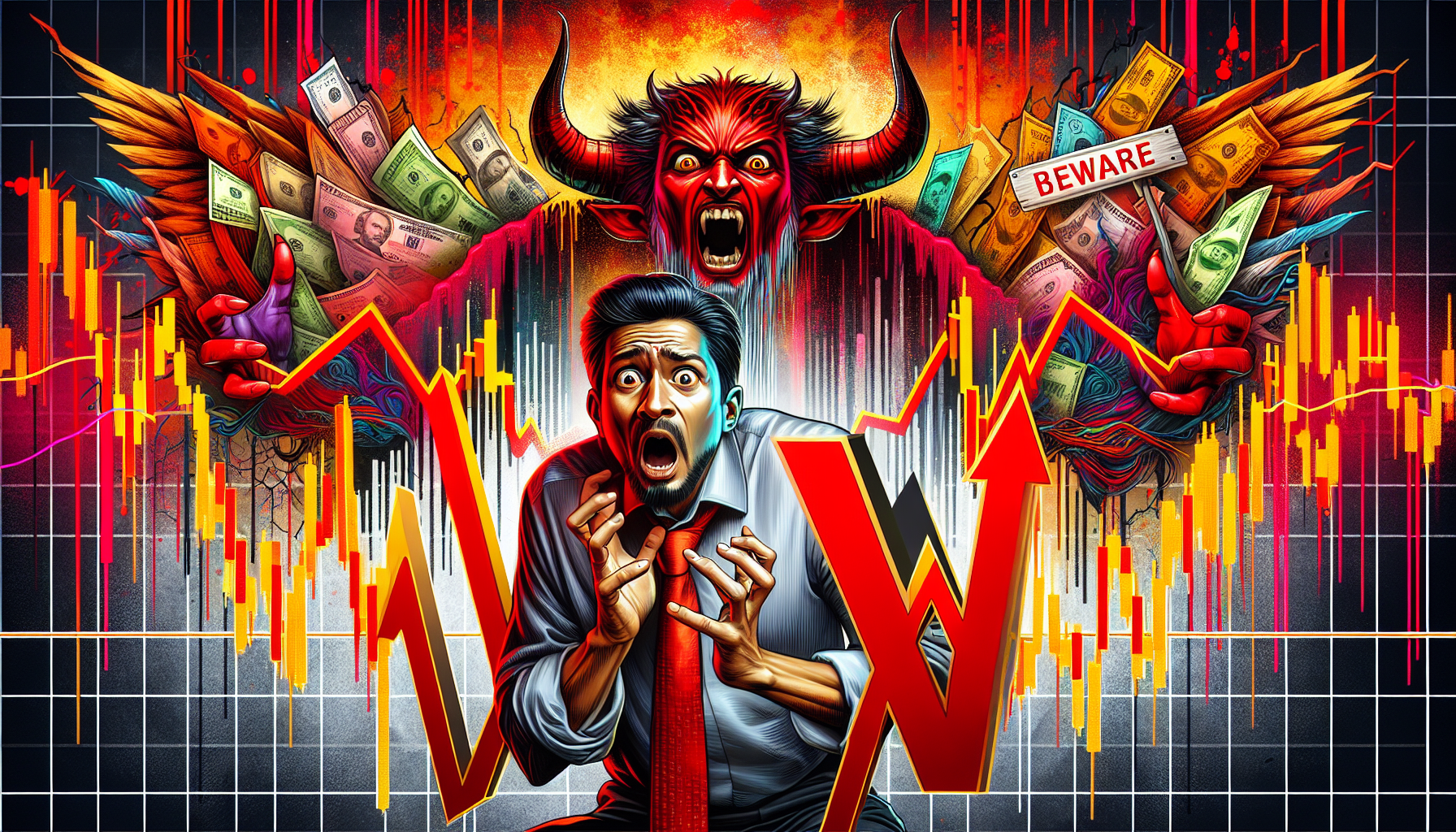
tl;dr
Despite a $1 billion influx driven by market volatility fears, VIX ETPs like VXX surged 300% in 2025, but funds like UVIX lost 78% due to hidden costs, contango risks, and complex structures that erode returns over time.
**VIX Funds Surge Amid Market Volatility Fears, But Risks Loom Large**
Wall Street investors have poured over $1 billion into funds tied to the Cboe Volatility Index (VIX) this year, driven by concerns over potential stock market turbulence following a historic rally. Exchange-traded products (ETPs) that track VIX futures have become a popular tool for investors seeking protection against sudden market declines. However, the allure of these instruments comes with significant risks, as their complex structures and high costs can erode returns—even as inflows continue to rise.
### The Appeal of VIX Products
The Barclays iPath S&P 500 VIX Short-Term Futures ETN (VXX), the largest VIX-related fund, has surged over 300% in 2025. The logic is simple: if the stock market’s record rally falters, volatility will spike, and these products could deliver gains. “These can increase in price pretty dramatically, almost like an option but without an expiration date,” said Michael Thompson, co-portfolio manager at Little Harbor Advisors.
Retail investors, in particular, are turning to VIX ETPs as a hedge against potential corrections. Rocky Fishman of Asym 500 noted that 40% of open interest in VIX futures is now held by ETPs, reflecting a shift toward cautious, protective strategies.
### The Hidden Costs of Volatility Protection
Despite their popularity, VIX funds are not without pitfalls. The structures of these products are inherently flawed when markets remain calm. Bloomberg Intelligence’s Eric Balchunas likened them to “a chainsaw—very effective at certain jobs, but it can cut your arm off.”
The issue lies in how these funds operate. They constantly roll futures contracts to maintain a 30-day maturity, a process that incurs costs. For example, the UVIX fund (Volatility Shares 2x Long VIX Futures ETF) charges a 2.8% expense ratio and must sell lower-priced near-term VIX futures while buying higher-priced later contracts. This “rolling” process, combined with the VIX futures curve’s steepness, leads to losses over time.
Historical examples underscore the risks. An investor who bought the UVIX ETF on April 1, 2025, before U.S. tariffs were announced, could have tripled their money by selling on April 8. However, holding the same fund for a year would have resulted in a 78% loss. Similar patterns are evident across other VIX ETPs:
- **VXX**: Down 32% with $1 billion in assets and 312% net inflows.
- **UVIX**: Down 78% with $510 million in assets and 215% inflows.
- **UVXY**: Down 57% with $690 million in assets and 150% inflows.
- **VIXY**: Down 33% with $343 million in assets and 115% inflows.
### The Rolling Problem and Contango Risks
The mechanics of rolling VIX futures are particularly punishing. As Matthew Thompson, co-portfolio manager at Little Harbor Advisors, explained, funds like UVIX must sell the front-month contract (which trades at a discount) and buy the next month’s contract (which is more expensive). This “contango” environment—where longer-dated futures trade higher than near-term ones—drains capital over time.
This issue is not new. In the early 2010s, retail investors flocked to the United States Oil Fund ETF (USO), only to watch returns trail spot prices due to similar roll costs. Today, the VIX futures curve remains steep, with small realized market moves keeping the spot VIX and front-month futures low.
### Strategic Moves and Market Implications
Despite the risks, some strategists see opportunities. Societe Generale SA has proposed trades exploiting the VIX curve’s contango, such as selling near-term futures and buying later ones. However, these strategies carry their own dangers. A sharp equity selloff could invert the VIX curve, triggering significant losses.
Hedge funds, meanwhile, use VIX ETPs for short-term trades, leveraging their volatility exposure. Yet, for retail investors, the costs of protection can outweigh the benefits. “Some investors see the losses as the cost of protection against a market drop,” Fishman noted.
### A Double-Edged Sword
The surge in VIX ETPs reflects a broader shift toward risk management in an uncertain market. However, the funds’ design makes them more of a speculative tool than a reliable hedge. As Balchunas warned, “These products are not for the faint of heart.”
For now, the VIX’s appeal persists, but investors must weigh the potential for outsized gains against the reality of steep, ongoing costs. In a market where volatility remains a wildcard, the question is not whether the VIX will rise—but whether the price of betting on it is worth the risk.